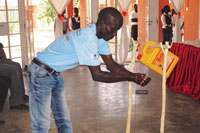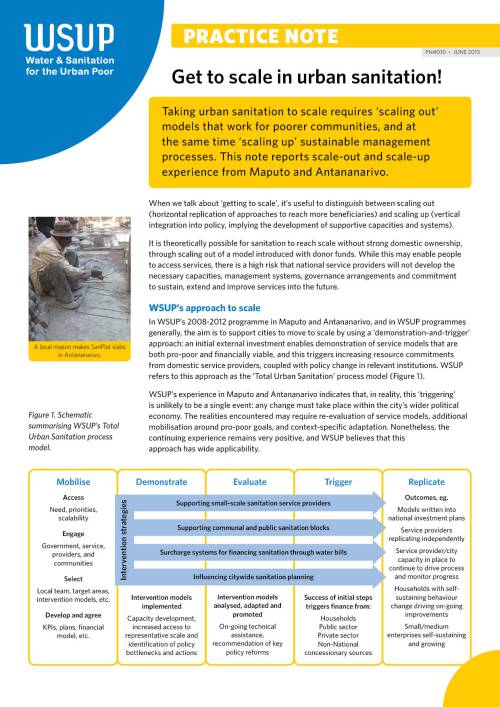USAID/Angola launches new WASH program | Source: Gindungo Newsletter, May/June 2013 (pdf)|
On June 19, 2013, USAID/Angola launched a new water and sanitation program (WASH) in Benguela province. This program is funded by the Development Grants Program and implemented by ADPP, a local organization. The program supports the Water for All efforts of the Angolan government. The launch was attended by over 200 participants and attended by the Director of Education, representing the Governor of Benguela and the Director of Water & Energy.
The program will support teacher training in WASH and also construct over 100 latrines in area schools. The project will mobilize a total of 5,000 families around 150 schools in latrine construction and the permanent systems for washing hands and train 800 teachers in sanitation and hygiene. The project includes building capacity for teachers from ADPP School of Future Teachers with component education for basic sanitation and hygiene.







